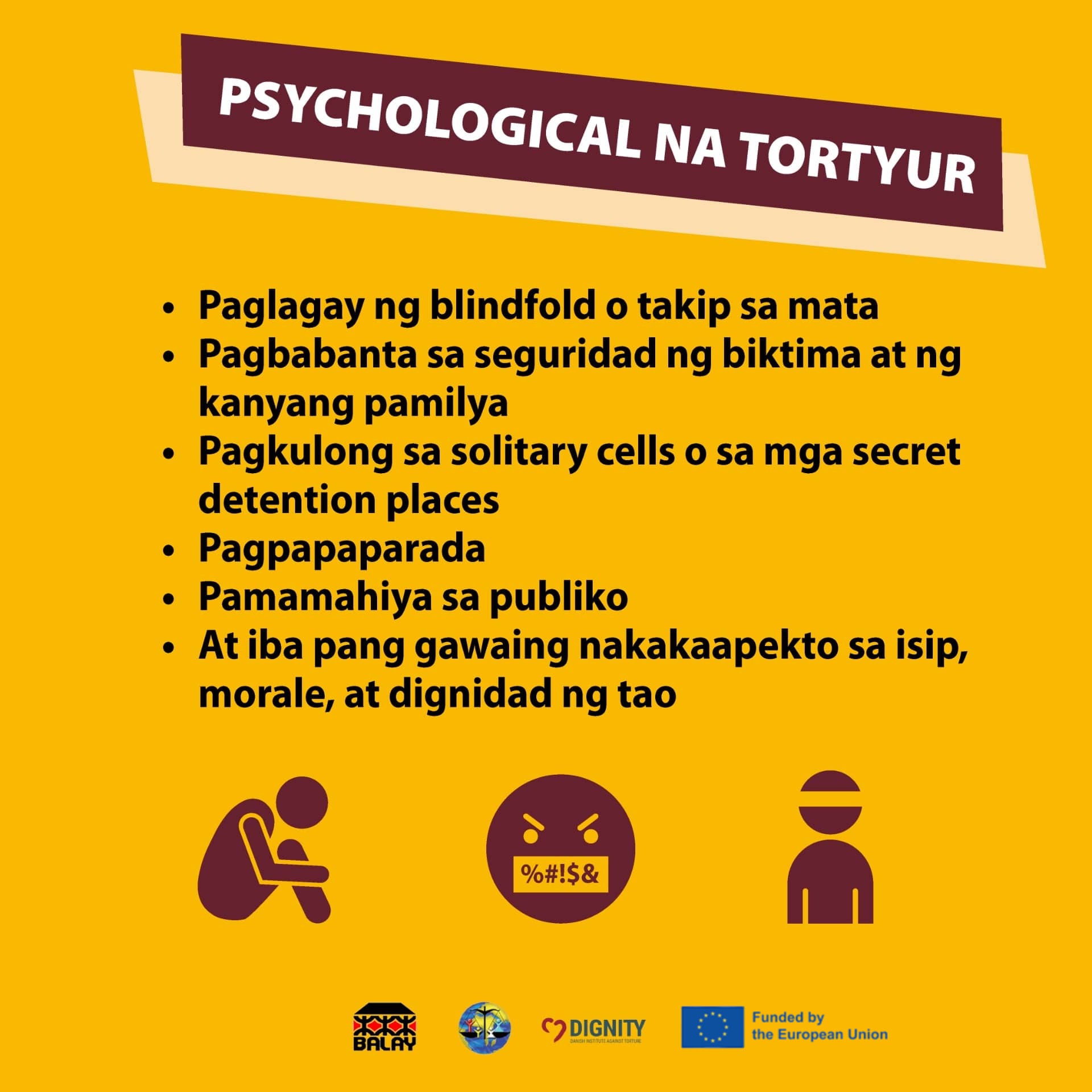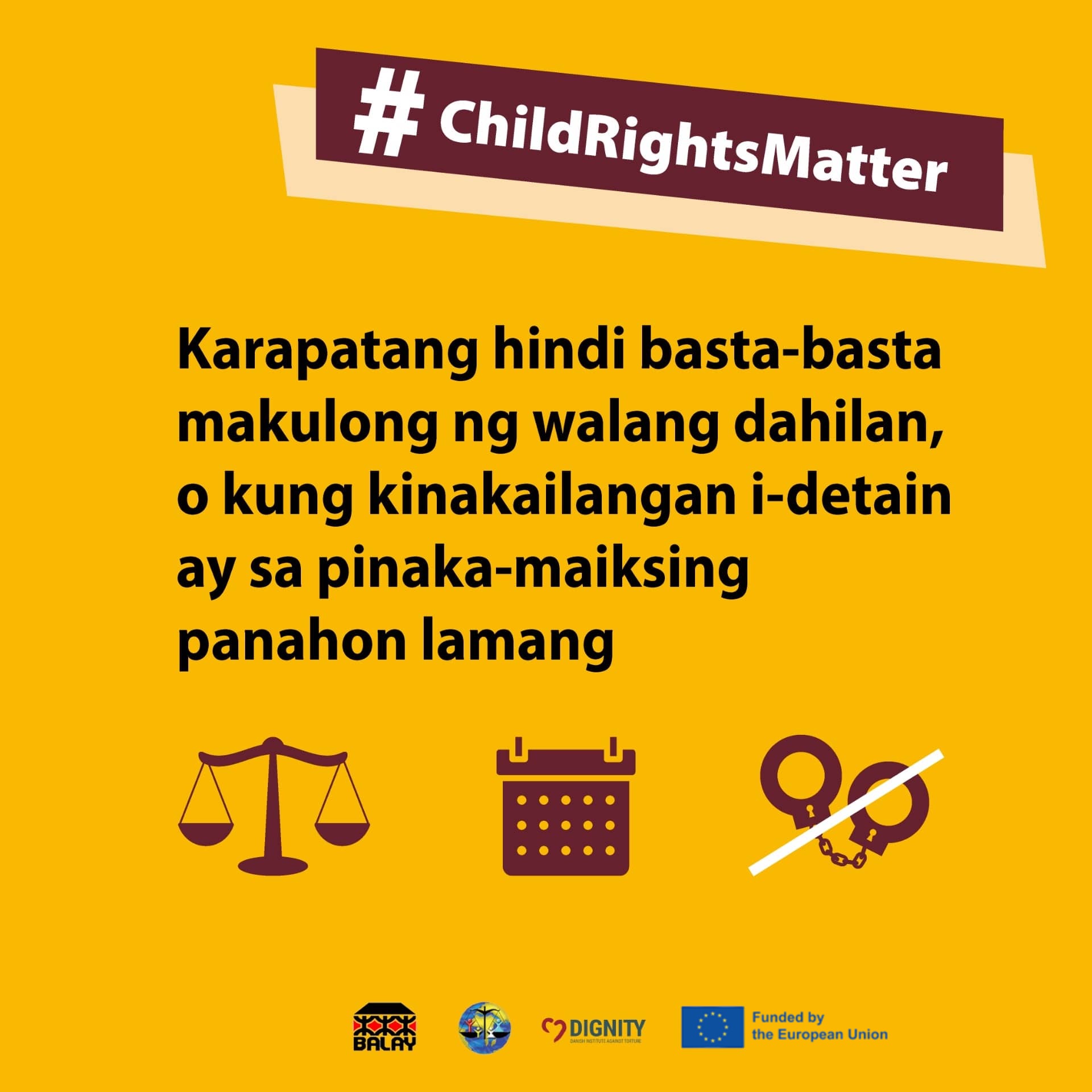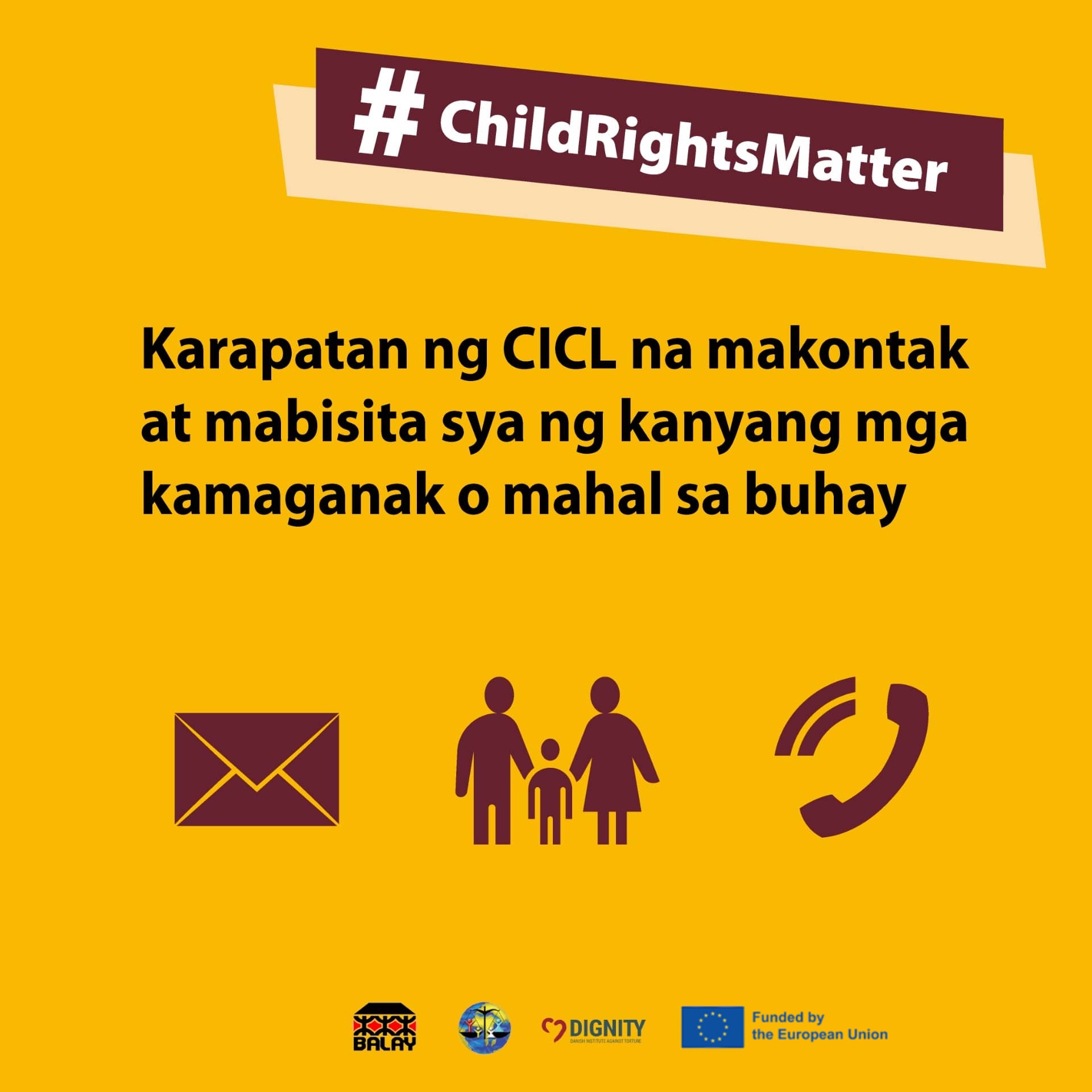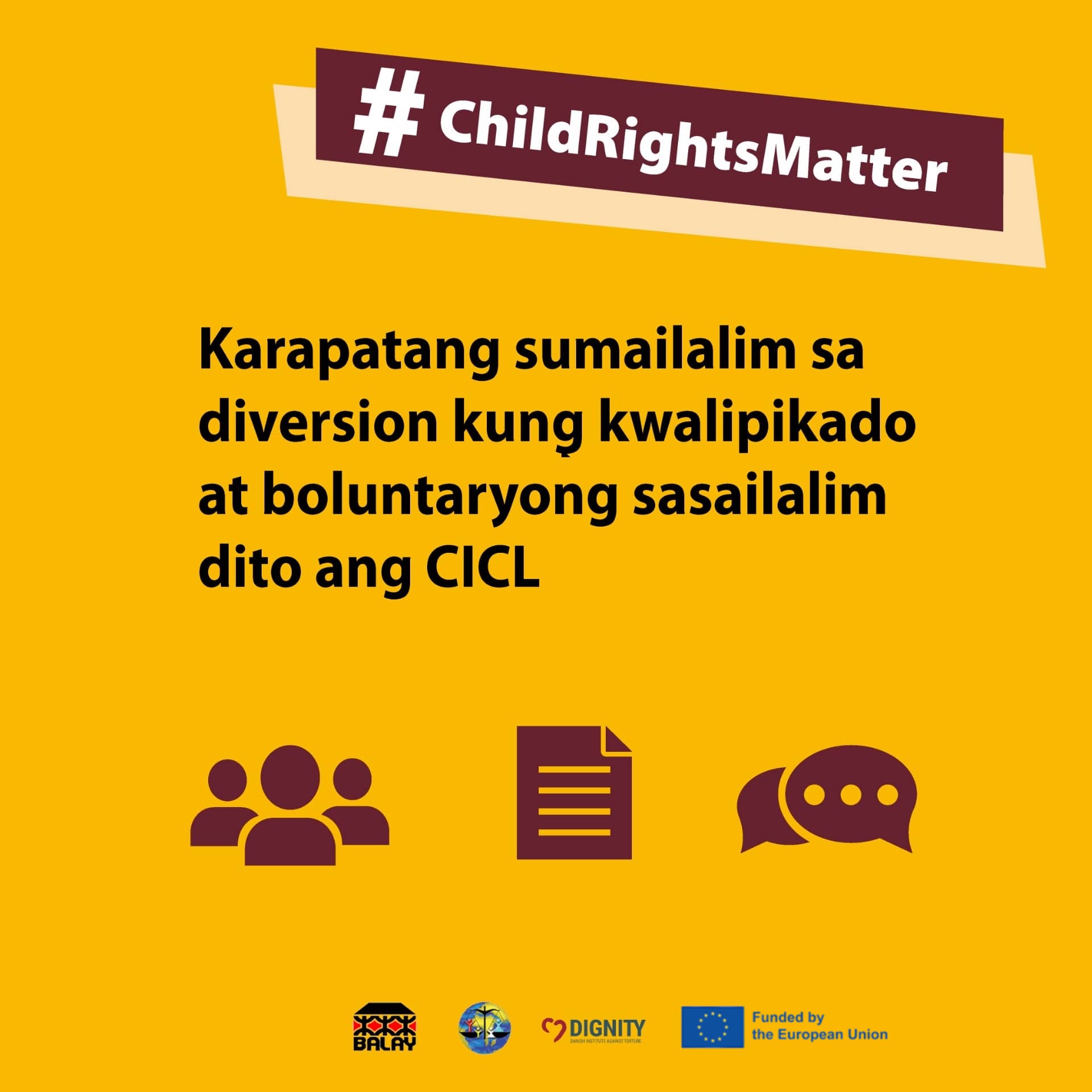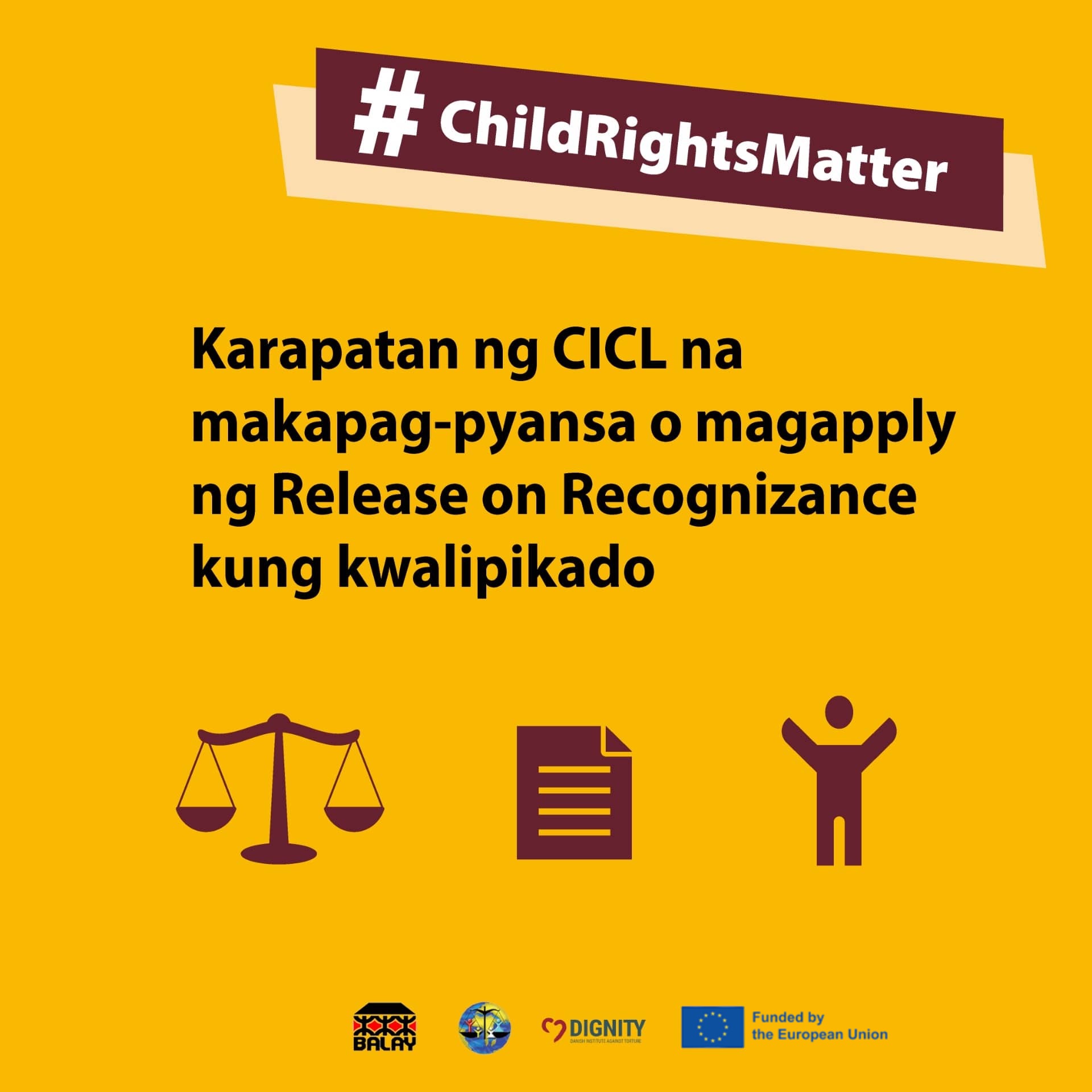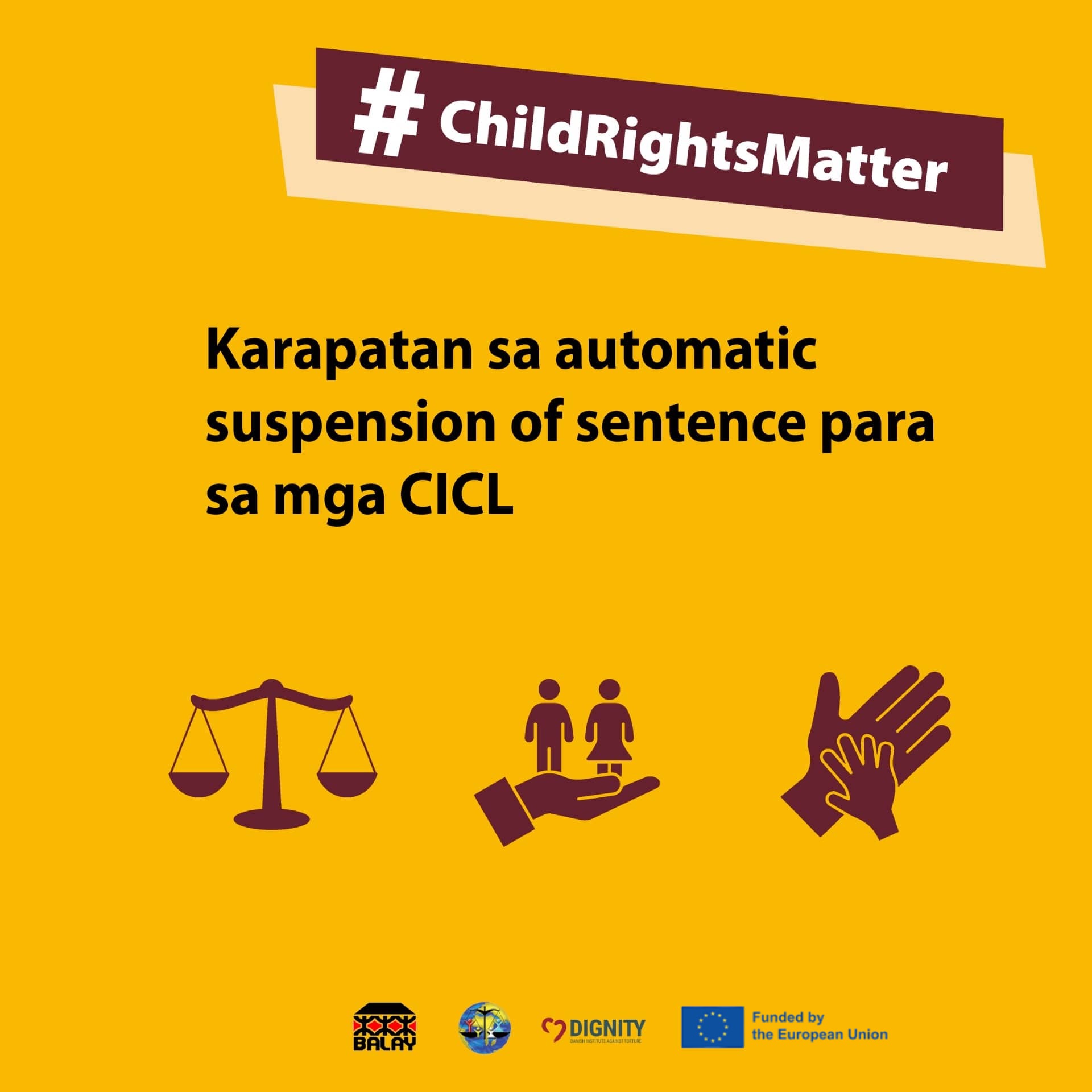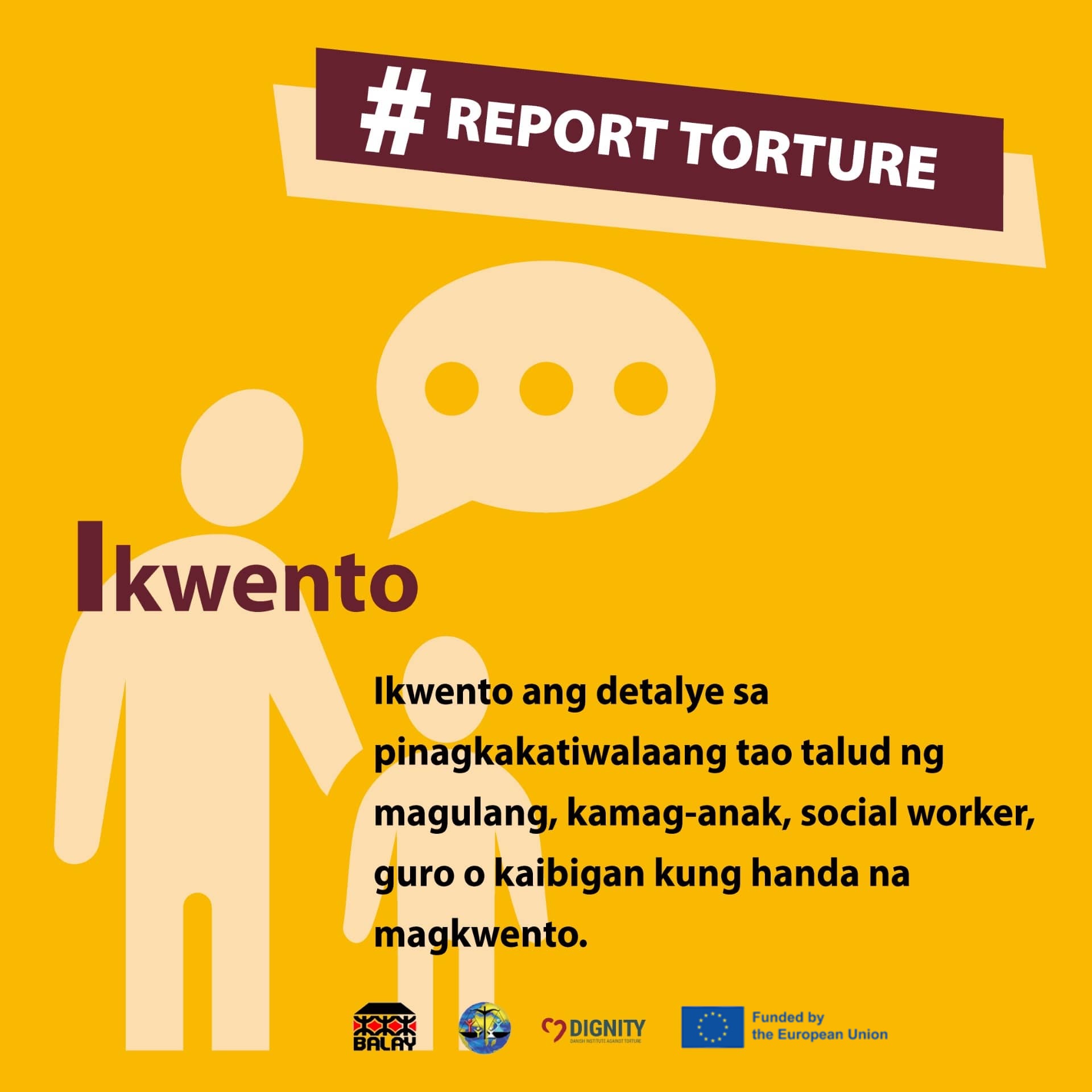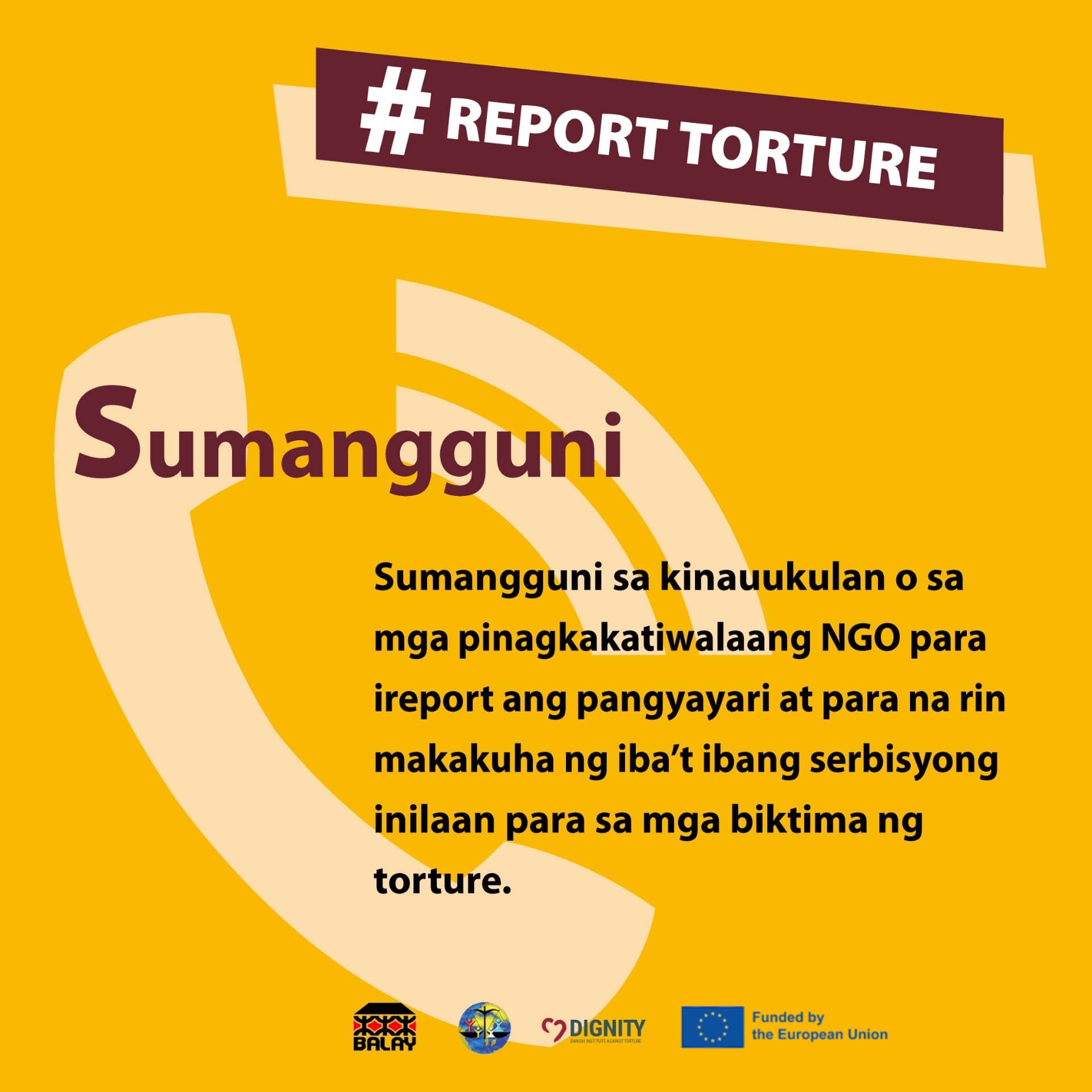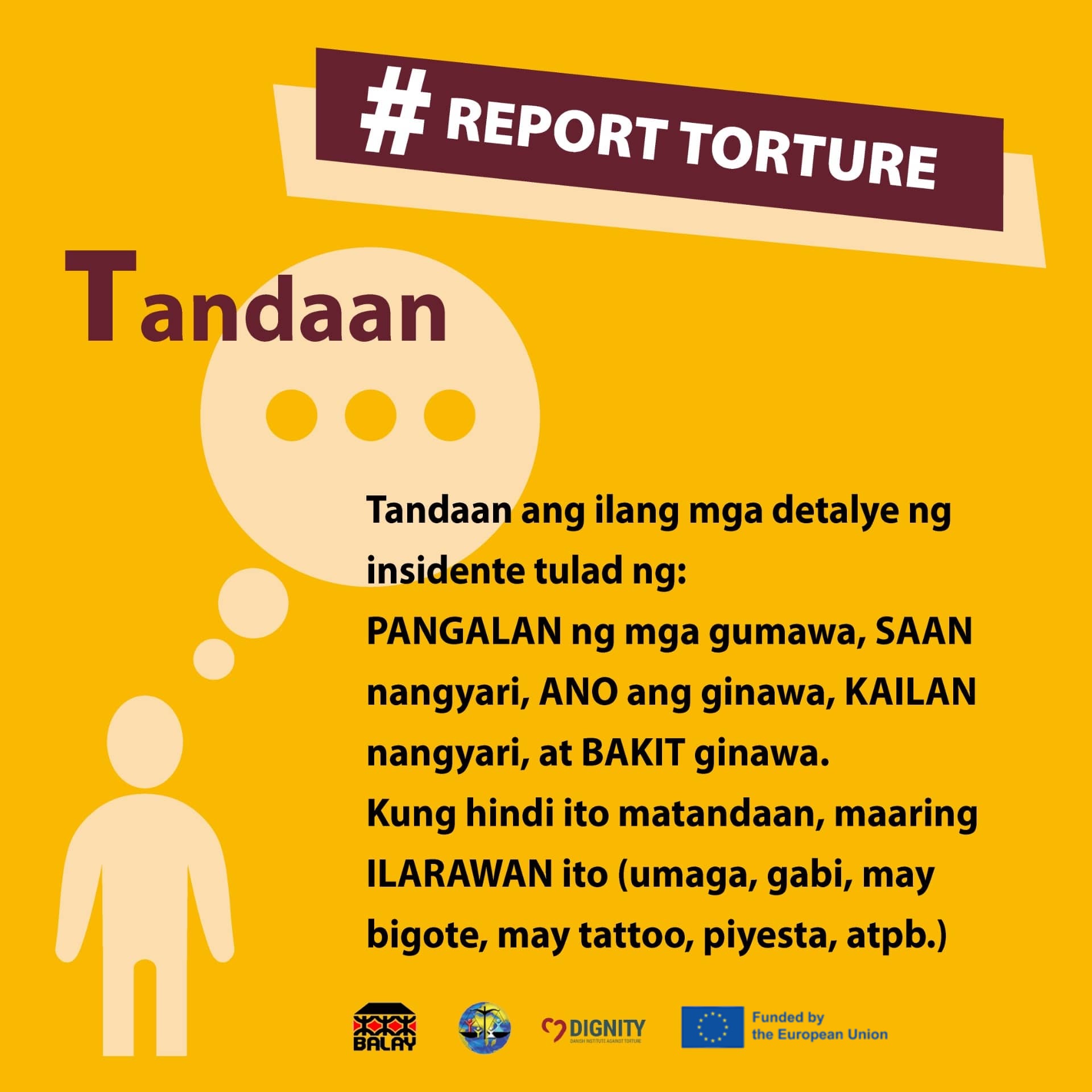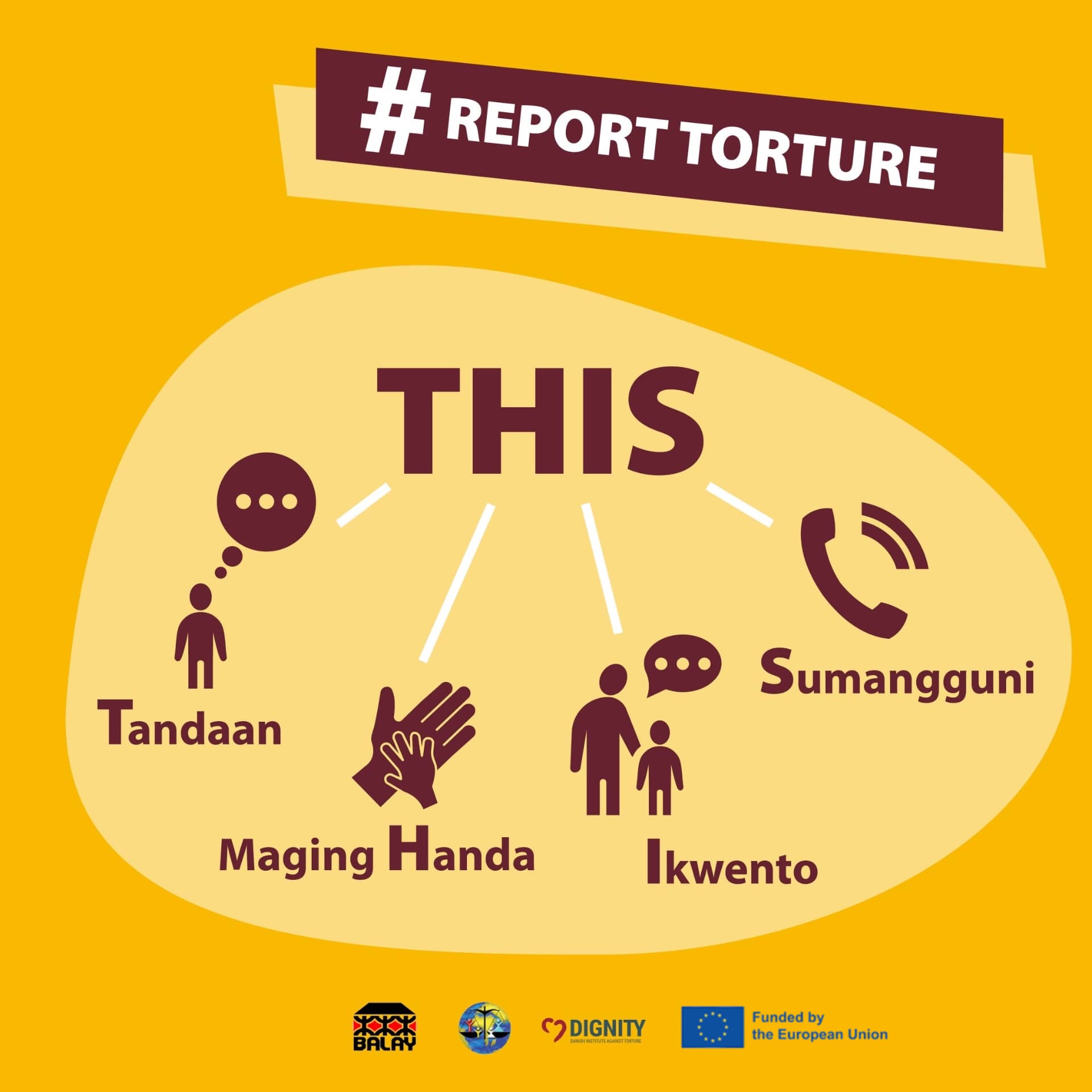Caring for those who care
Caring for others entails some cost to anyone who is into the field of caregiving. Professionals or paraprofessionals who listen to the stories of pain, fear, suffering, anger and agony of others as consequences of a traumatic event have to contend not only with the normal stress or dissatisfaction of work, but also with the emotional and personal feelings for the suffering of others.
Our country is not unlike other developing countries in the region where violence and disasters sporadically break out. We have been witnesses to the war in Mindanao and the hostage-taking incidents in Basilan, Palawan, Samal Island and Sulu. We were shaken by the eruption of Mt. Mayon, news of plane crashes and the disasters brought upon by typhoons and other calamities. Indeed, the Philippines has been through a lot of crisis situations and disasters that resulted not only in material losses but also psychological, social, economic and emotional impairment to those who were affected. But how do we fare in our readiness to deal with these eventualities? Have we enough trained workers dealing with these situations?
The war in Mindanao alone has brought in our midst a number of crisis managers and workers who dealt with the traumatized survivors of the armed conflict. We read in the newspapers the need for additional staff to handle debriefings, defusing and surfacing activities at the evacuation centers. But seldom do we hear the need to take care of those who take care of others? Persons who work closely with traumatized people are vulnerable to imbibe the distress felt by people they serve. While some caregivers may appear to be more resilient than others, any caregiver who continuously works with traumatized individuals, would themselves, at one point, feel the heaviness of the load that others are bearing. And when that happens, to whom would they go to seek help, and how will they confront what psychologists call as burn out, compassion fatigue or secondary traumatic stress?
Four Constructs
Front line workers are those whose jobs require them to come in constant contact with victims of disasters, violence, war, armed conflict, human rights violations, etc. These are the mental health professionals, volunteers, medical staff, legal aid providers, police and other law enforcement personnel, victim advocates, spiritual leaders, or members of the media. Caregiver is the collective term used to describe persons who provide assistance that are not usually limited to mental health such as counselors, psychologists, psychiatrists, nurses, doctors, disaster relief workers, and social workers.
Caregivers, like the traumatized people they looked after, are very much vulnerable to varying levels of stress. This is manifested in four constructs that display varying signs or symptoms:
-
Burnout - this is a state of emotional, mental and physical exhaustion. It is usually accompanied by physical symptoms of fatigue, sleep disruptions, headache or stomach aches, body aches or susceptibility to colds or other infections.
-
Counter-transference - this occurs when a caregiver's own scars and damages are revisited due to sounds, sights, stories or issues raised by the victims or survivors. The caregiver takes on the emotional reactions of the victims or survivors.
-
Brief alteration – both burnout and counter-transference cause caregivers to experience alterations in their belief systems, changes that have significant impact on their feelings, relationships and life and ones very similar to those that often occur to victims and survivors.
-
Compassion fatigue or CF (Figley, 1995) - is the convergence of primary traumatic stress, secondary traumatic stress and cumulative stress/burnout in the lives of helping professionals and other care providers. It is a state of tension and preoccupation with the individual or cumulative trauma of clients as manifested in one or more ways: re-experiencing the traumatic events, avoidance/numbing of reminders of the traumatic event, persistent arousal combined with the added effects of burnout
By far, CF has been gaining enormous attention since the early 90's when it first appeared in professional literatures. Today, more than burnout, counter-transference or secondary traumatization, the term compassion fatigue or CF is more often used to denote the concern plaguing many caregiving personnel who work with traumatized populations.
We are All at Risk
Burnout, secondary stress trauma or compassion fatigue may occur in a wide range of persons involved in providing aid to others (Jay, 1995). Whether they are called front line workers or caregivers, so long as they come in direct contact with victims and survivors, they are all susceptible to burnout, secondary traumatization and compassion fatigue.
The professional's susceptibility to secondary traumatic stress stems from two basic areas (Stamm, B. H. & Pearce, F. W., 1995). These are:
-
Lack of control - difficult situations become easier to manage when one is well informed; informed decision–making strengthens control and sustains competency.
-
Questions of competency – arises from the caregiver's feelings of lack of control of traumatic material. When a person feels as if she/he is prepared, or has the ability to act positively during an event, the outcome is better than when a person feel as if she/he has no control.
Dealing with the Impact
Working directly with both victims and survivors can be very stressful and draining, and requires certain skills. Careful selection of staff is important for victim assistance professionals. Screening procedures should be able to determine psychological, emotional, behavioral, physical and cognitive potentials of applicants for caregivers and front line workers to be sure that they will be able to appropriately handle the stress of the job.
Studies have shown that the more training that a person undergoes for her/his job, the more competent they feel and the less stress they suffer when thrust into performing under extraordinary circumstances. Another valuable activity to people working in crisis situations is the opportunity to practice their skills continually under peace time environments through role plays and exercises and getting regular feedback on their effectiveness. Through training and workshops undertaken with other agencies and offices also offer caregivers an increased opportunity to develop the networks of support among their colleagues and peers. Training should include information regarding special needs of victims and survivors because of the nature of the harm inflicted or because of factors such as sex, age, language, religion, political associations, cultural beliefs or practices, birth or family status, ethnic origin and disability.
The value of regularly scheduled individual or even group meetings among caregivers has been least recognize in the Philippines. Very few institutions and agencies practice or even incorporate among their plans the need for their own people's or staff's debriefings. Of course this factor would depend on the understanding and capability of the institution or organization to provide recognition or acknowledgements for a job well done. But most caregivers do really suffer from stress because of inadequate recognition for their work and success. Recognition and acknowledgements may figure as a simple posting of pictures of outstanding caregivers in the institution's publication, holding special recognition events, publication of names through the local media or even sending thank you notes to the deserving person.
Guidelines for Working with Victims
If the caregiver is ill-trained, ill-advised or ill-informed about the limits and scope of their work or their obligation as to the extent of their involvement in the victim or survivor's lives, this may be another source of frustration. As such, specific policies guidelines and orientation should be developed and implemented among the caregivers. Examples could be guidelines on the number of visits to a victim's house, proper use of resources, accepted intervention procedures, etc.
Any potential conflicts that may cause further stress to the caregivers may be avoided if a regular review and fine tuning of program goals and values are being held with all the staff, volunteers and support forces. At any given time, differences between the caregiver's goals and values and those of the program or institution where they belong may occur.
Encouraging trust and respect among program volunteers and staff can help them to rely upon each other in times of serious stress and protracted working hours in the field. Team building programs may be in the form cross trainings, job exchanges or exposure, developing friendships and mentoring, creating professional forums and group involvement in key projects and strategic planning efforts.
Developing a program that includes self–care among the caregivers will also go a long way. This may include:
-
Maintaining physical health
-
Managing time and information
-
Defining and understanding (as a personal system) the meaning of life
-
Skills acquisition or enhancement
-
Establishment of friendship and mentoring
Considering the risks faced by caregivers, it's a good measure to put up a welfare fund resources (or an insurance system) to cater to the needs and exigencies of the frontline workers to cover sickness, casualties in the line of duty, disabilities caused by their missions, including treatment facilities and services to those who were actually affected by trauma for them to regain functioning in their personal and professional or paraprofessional lives that have been compromised while doing their job.
Though care-giving is a difficult and risky kind of job that requires great commitment, what is there in this field that makes it attractive to mental health practitioners, social workers, community counselors and related professions? Perhaps it is the loving and caring relationship that they find -- the meaning and fulfillment in helping others, and in the process, making their own contribution in making a better society form all.
As the contribution of caregivers in promoting the right to a sound psychosocial well-being and peace gains wider acceptance, policy makers must begin to recognize the presence, importance and needs of caregivers, institute policy changes to support and generate public awareness about those among the frontline workers in our country.









